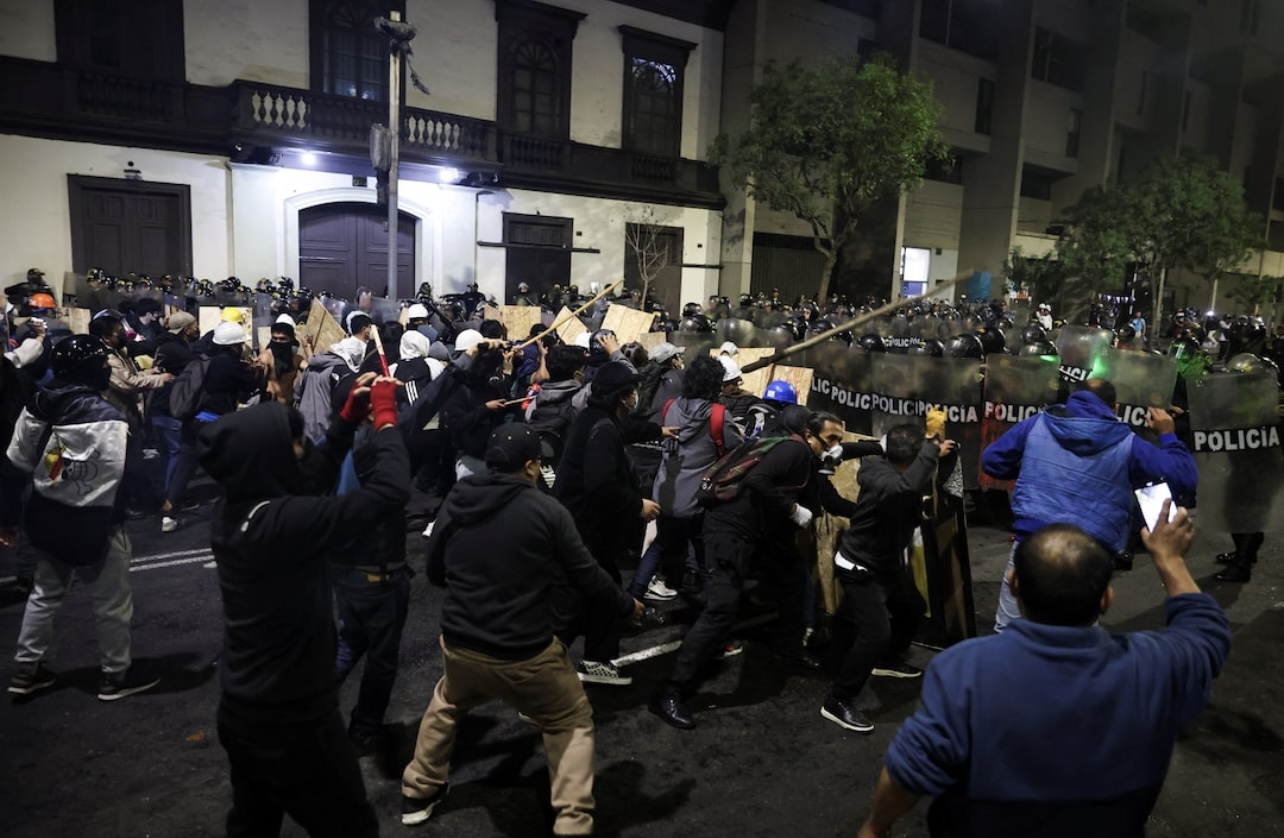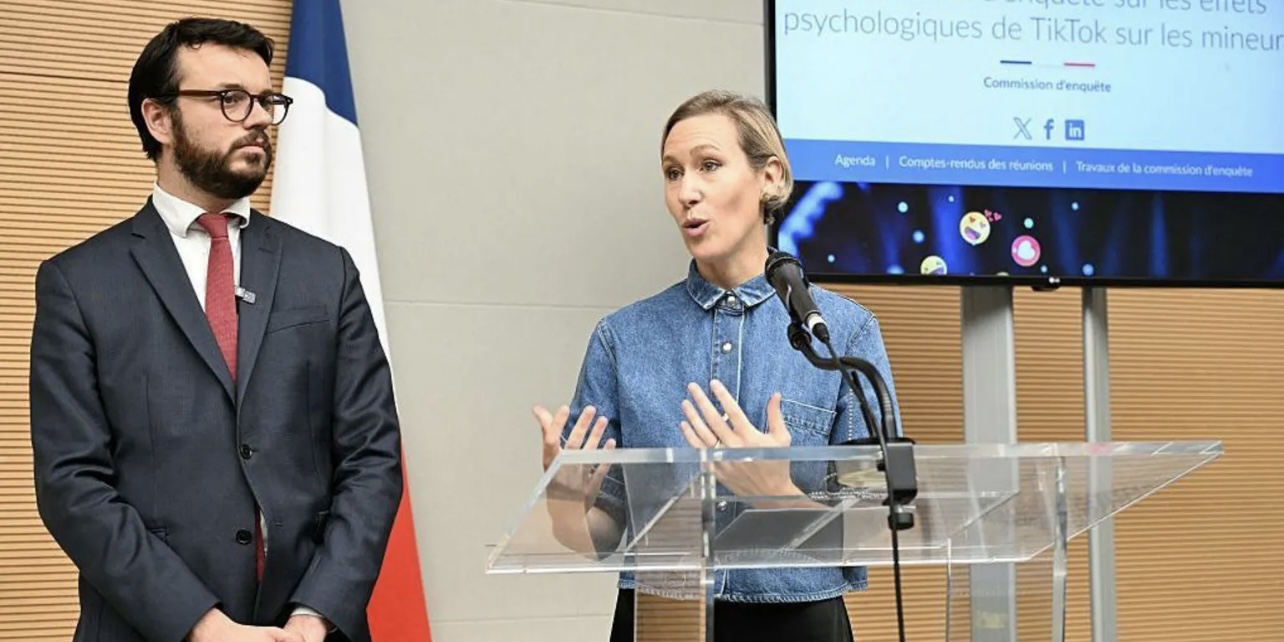In Lima on October 15-16, 2025, protests led primarily by young people erupted in response to widespread discontent with Peru’s political class, rising crime, corruption, and what protesters view as government neglect. Demonstrators gathered in large numbers outside Congress and other public spaces to denounce President José Jerí, who had just taken office following the controversial ouster of his predecessor, Dina Boluarte. The protests, driven by Gen Z activists, transport workers, and civil society groups, coalesced around demands for political accountability, reform, and the end of state violence.
Tensions turned deadly when one protester, identified as 32-year-old hip-hop artist Eduardo Mauricio Ruiz, was shot during the clashes and later died. Officials say the shooter may have been a plainclothes police officer. Witnesses and video footage captured the moment Ruiz collapsed in the street after being shot while pursuing someone whom they suspected of being a police infiltrator. At least one investigation has been launched by Peru’s prosecutor’s office to determine the origin of the shot and by extension who is responsible. The ombudsman’s office also pledged to collect audiovisual and ballistic evidence.
More than one hundred people were injured in the unrest, including dozens of police officers, civilians, and journalists. Among the injured were roughly 55 police officers, about 20 civilians, and numerous members of the media who were wounded by rubber bullets, pellets, tear gas, and in some cases direct physical assaults. Journalists covering the protests reported harassment and aggression by security forces.
President Jerí expressed regret over the death and condemned violence, claiming that the demonstrations had been “hijacked by delinquents,” and promising that those responsible would be held to account. At the same time, protesters rejected the idea that their movement is criminal or violent in essence, insisting that young Peruvians are demanding substantive change: reforms to tackle corruption, more opportunities for youth (including better pensions and wages), and the promise of less abusive policing.
The death of Ruiz has escalated the crisis of legitimacy facing the interim government, amplifying public outrage. With already low approval ratings for both the presidency and Congress, the interim administration is under growing pressure both domestically and from international human rights groups to ensure transparent accountability. The clashes could mark a turning point in the protests, potentially broadening support among sectors disillusioned with systemic corruption and repeated political instability.



